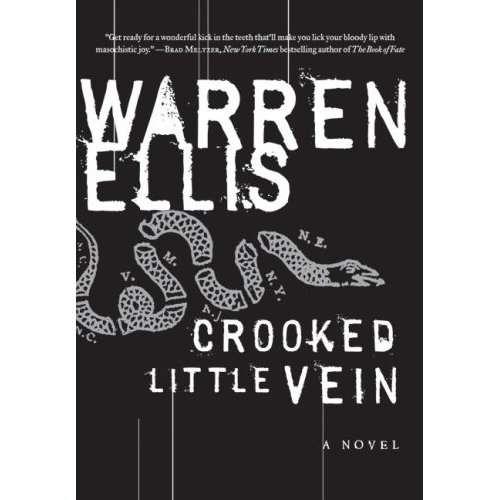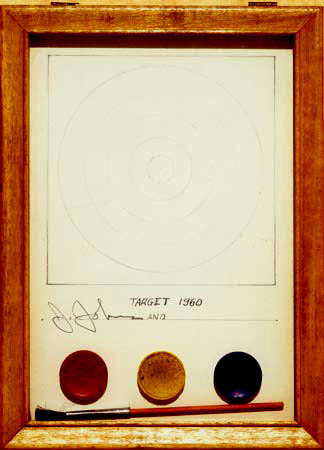Rudy Rucker and Cory Doctorow have posted essays, recently, on their feelings about “mundane SF”.
Mundane Science Fiction is a sub-section of science fiction. Its founders include Geoff Ryman. It focuses on stories set on or near the Earth, with a believable use of technology and science as it exists at the time the story is written.
Rudy’s is here, and Cory’s is here.
Rudy has fundamental disagreements with the Mundanes:
Like me, the Mundanes would like to see SF as real literature. They feel that real literature mustn’t use fundamentally false scenarios….
Mundane SF is to be about picturing possible futures, drawing on such sober-sided Sunday magazine think-piece topics as “Disaster, innovation, climate change, virtual reality, understanding of our DNA, and biocomputers that evolve.”
I have so many objections!
I don’t think SF is necessarily about predicting possible futures. I’ve always felt that SF is more like surrealism. The idea is to shock people into awareness. Show them how odd the world is. Whether or not you draw on realistic tropes is irrelevant. But my personal bent is always to try and make the science plausible….
I think it’s an interesting intellectual game to find valid scientific ways around the specific strictures suggested by Mundane SF….
He give some examples, including FTl travel, and alternate universes. Rudy isn’t totally against Mundane SF as an art form, he just thinks that that is not the major focus of SF.
Cory, on the other hand is an advocate for Mundane SF:
Of course, science fiction is a literature of the present. Many’s the science fiction writer who uses the future as a warped mirror for reflecting back the present day, angled to illustrate the hidden strangeness buried by our invisible assumptions: Orwell turned 1948 into Nineteen Eighty-Four. But even when the fictional future isn’t a parable about the present day, it is necessarily a creation of the present day, since it reflects the present day biases that infuse the author. Hence Asimov’s Foundation, a New Deal-esque project to think humanity out of its tribulations though social interventionism….
Or take the Starship Enterprise, with a transporter capable of constituting matter from digitally stored plans, and radios that can breach the speed of light.
The non-futurismic version of NCC-1701 would be the size of a softball (or whatever the minimum size for a warp drive, transporter, and subspace radio would be). It would zip around the galaxy at FTL speeds under remote control. When it reached an interesting planet, it would beam a stored copy of a landing party onto the surface, and when their mission was over, it would beam them back into storage, annihilating their physical selves until they reached the next stopping point. If a member of the landing party were eaten by a green-skinned interspatial hippie or giant toga-wearing galactic tyrant, that member would be recovered from backup by the transporter beam. Hell, the entire landing party could consist of multiple copies of the most effective crewmember onboard: no redshirts, just a half-dozen instances of Kirk operating in clonal harmony….
He goes on with more on subjects like the Singularity (postulate by Vernor Vinge in 1986), and concludes that the future is incomprehensible to us, and we can only understand our own era, so that’s what SF should be about.
Two interesting essays, with some good arguments for both sides. I tend to fall into the side that Rudy Rucker’s on, because I feel that, while good science fiction speaks to the issues of the day (or era), it it also should show us what the world could be like, and to imagine (as best we can) the issues of the future.





